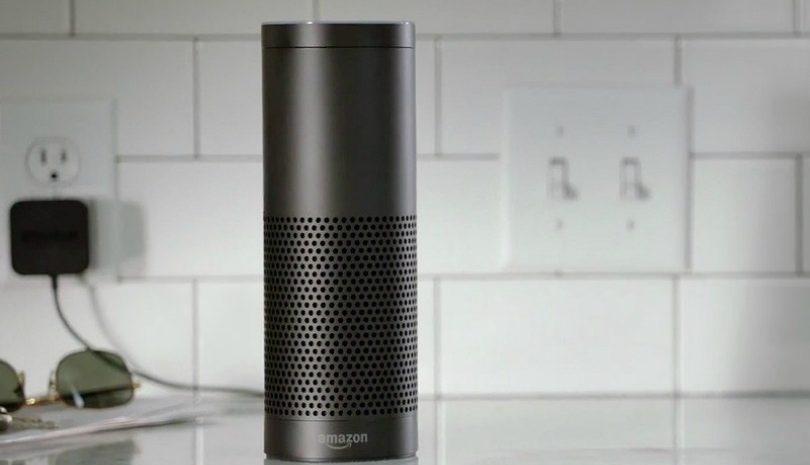On the front lines of voice commerce in Australia

With Amazon’s entry into Australia, a major new battle has started with voice commerce and AI on the front lines.
The implementation of voice commerce in supermarkets has hit the headlines of late as the rise of AI technology begins to revolutionise the most mundane habits of our everyday lives.
It’s very clear that Amazon is creating the first “hybrid digital supermarket” where your (digital) Amazon account is heavily integrated and interacts with your offline shopping experience.
The recent acquisition of Whole Foods and the announcement that Amazon Prime will be integrated into Whole Foods’ checkouts is further evidence that a strategy of digital and AI enablement is crucial to Amazon’s plans to master the industry.
Given Amazon’s track record of growth, today’s large supermarkets need to be prepared to implement innovative technologies to keep pace with the retail giant.
Voice commerce via Alexa is an obvious way that the digital and offline worlds will intersect, and it looks like a key component of Amazon’s race to radically rethink and digitally enable the traditional supermarket. How should Australian stores respond to this?
To win, they must obsessively offer experiences powered by software that are both useful and simple to adopt and integrate into their shopping habits. There are two key points to remember when competing with Amazon.
First, remember that they are not a “supermarket” but a software-powered retail experience – it’s a different mentality altogether. Amazon will shift the goalposts not by inches but by miles.
Second, the software-based businesses think differently from other industries and needs a unique approach. Key to this thinking is to be data-driven.
Start small by experimenting with and integrating these new technologies until it becomes an experience that will satisfy the market and then scale. Almost all of the great software startups in the last 15 years have emerged from small experiments that many said “oh that will never work” or “that’s a feature, not a product”.
Australian retailers can also respond by making sure their data, SKUs and tagging are high-quality, as this is foundational for adding new commerce channels, and very frustrating for customers when retailers get it wrong. The pressure is certainly on since Amazon is famously relentless both in terms of technology rollouts and price-cutting.
It is tempting to think that voice technology has a long way to go until it hits the mainstream. Amazon’s investments in this area prove otherwise. Alexa was a surprise success and it is used for shopping far more than people realise.
Among Alexa owners, over 70 per cent have bought something using the product and 45 per cent of owners have done so repeatedly, according to data from LivePerson. That’s quick uptake for such new technology and it’s set to grow further in popularity as it becomes more sophisticated and affordable.
We’ll see a huge shift to bots as we move into 2018. LivePerson’s data shows that 50 70 per cent of customer service discussions could be probably answered by bots, which has huge implications for how companies communicate with customers. For brands, the costs savings versus human labour are far too high to sit back and ignore.
As usual, it seems Amazon has the right idea. Like Alexa, we should be listening and
preparing with excitement for what is about to come.
Andrew Cannington is regional vice president of APAC at LivePerson.
Comment Manually
You must be logged in to post a comment.

No comments